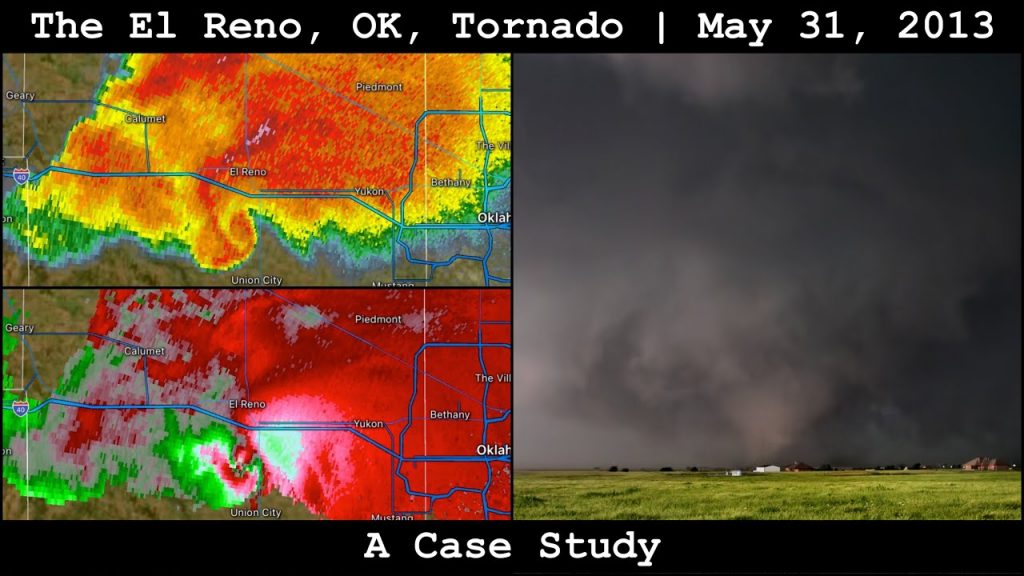The Destructive Power of EF-5 Tornadoes: A Look at the Rarest and Most Devastating Twisters
The rarity of EF-5 tornadoes can be attributed to the specific atmospheric conditions required for their formation. These conditions include a combination of strong wind shear, instability, and moisture. The presence of a strong, persistent updraft is also crucial in allowing the tornado to maintain its intensity and reach EF-5 status.
Here are the last five EF-5 tornadoes recorded in the United States:
- Moore, Oklahoma (May 20, 2013): This devastating tornado tragically resulted in 24 fatalities and injured 210 people. The estimated population of Moore at the time was around 55,000.
- Joplin, Missouri (May 22, 2011): This catastrophic tornado caused immense destruction, claiming the lives of 158 people and injuring over 1,000. Joplin’s population was approximately 50,000 at the time.
- Parkersburg, Kansas (May 4, 2007): This powerful tornado resulted in significant damage and tragically took the lives of 11 people. The estimated population of Parkersburg was around 1,400.
- Greensburgh, Kansas (May 4, 2007): On the same day as the Parkersburg tornado, Greensburg was struck by another devastating EF5. The town was almost completely destroyed, with 11 fatalities reported. Greensburg’s population was approximately 1,500.
- Bridge Creek-Moore, Oklahoma (May 3, 1999): This intense tornado, part of a larger outbreak, caused widespread damage and resulted in 36 fatalities. The combined population of Bridge Creek and Moore was around 41,000 at the time.

The El Reno tornado is an example of a tornado exhibiting higher wind speeds than those indicated by the damage-based Enhanced Fujita (EF) Scale rating. In fact, there have been several instances where mobile Doppler radar or close-range dual-polarization (dual-pol) radar data have suggested wind speeds exceeding the EF Scale rating.

For example, the Chickasha, Oklahoma tornado of May 24, 2011, was rated as an EF-4 based on damage surveys. However, mobile Doppler radar data indicated wind speeds of up to 288 mph (463 km/h), which would have classified it as an EF-5. Similarly, the Tipton, Oklahoma tornado of May 16, 2015, was rated as an EF-3, but mobile radar data suggested wind speeds of up to 247 mph (398 km/h), putting it in the EF-5 range.

These discrepancies between damage-based ratings and radar-measured wind speeds highlight the limitations of the current EF Scale and the need for a more comprehensive approach to tornado intensity classification. By incorporating mobile and close-range dual-pol radar data, scientists and meteorologists could gain a more accurate understanding of a tornado’s true intensity and potential for damage.

It is worth noting that the Enhanced Fujita (EF) Scale, introduced in 2007, is an updated version of the original Fujita (F) Scale, which was developed by Dr. Theodore Fujita in 1971. The original F Scale was based on the damage caused by tornadoes to structures and vegetation, with ratings ranging from F0 to F5. However, the F Scale had some limitations, such as its subjective nature and the fact that it did not account for differences in building construction and materials.
The EF Scale was developed to address these limitations and provide a more consistent and objective approach to tornado intensity classification. The EF Scale still uses damage surveys as the primary basis for ratings, but it also takes into account the quality of construction and the types of materials used in structures. Additionally, the wind speed ranges for each EF rating were adjusted based on the latest scientific understanding of the relationship between wind speeds and damage.
Despite these improvements, the EF Scale still relies heavily on post-event damage surveys, which can be affected by factors such as the availability of damage indicators and the experience of the survey team. Incorporating mobile and close-range dual-pol radar data into the EF Scale could help to overcome these limitations and provide a more comprehensive and accurate assessment of tornado intensity.
The impact of EF-5 tornadoes on communities is devastating, with long-lasting effects on infrastructure, economy, and the lives of those affected. The high death tolls associated with these tornadoes can be attributed to the extreme wind speeds, the amount of debris generated, and the difficulty in providing adequate warning and shelter.
Advancements in tornado forecasting and warning systems have helped to reduce the loss of life from EF-5 tornadoes in recent years. However, the destructive power of these rare twisters remains a significant threat to life and property. Continued research into the formation and behavior of EF-5 tornadoes is crucial in improving our understanding and ability to mitigate their impact on communities.
